
Ilex Guayusa Leaves
8,00 € – 13,50 €Preisspanne: 8,00 € bis 13,50 €
Many natives of Latin America praise it – this is due to the “gentle” alertness of the senses that L.guayusa creates. This batch is grown in the jungles of Ecuador by the Quechua tribe. Both cultivation and drying are carried out using natural methods, in synergy with Mother Nature.
- Αύξηση Ενέργειας: Παρέχει φυσική αύξηση των επιπέδων ενέργειας και μειώνει την κόπωση.
- Νοητική Διαύγεια: Ενισχύει τη γνωστική λειτουργία και την πνευματική εγρήγορση.
- Αντιοξειδωτικές Ιδιότητες: Προστατεύει τα κύτταρα από την οξειδωτική ζημιά και υποστηρίζει τη γενική υγεία.
- Υποστήριξη Διάθεσης: Βοηθά στην προώθηση θετικής διάθεσης και ψυχικής ευημερίας.
- Υποστήριξη Ανοσοποιητικού Συστήματος: Ενισχύει και υποστηρίζει το ανοσοποιητικό σύστημα.
- Υγειά Καρδιοαγγείων: Βελτιώνει την κυκλοφορία του αίματος και υποστηρίζει την υγεία της καρδιάς.
- Ρύθμιση Σακχάρου Στο Αίμα: Βοηθά στη διατήρηση υγιών επιπέδων σακχάρου στο αίμα.
- Αποτοξίνωση: Συμβάλλει στις φυσικές διαδικασίες αποτοξίνωσης του σώματος.
- Ενυδάτωση: Συντελεί στην κατάλληλη ενυδάτωση όταν καταναλώνεται ως τσάι.
For many Amazonian people it could be said that Llex guayusa is what coffee is to us Westerners – except that its symbolic and practical importance is much greater for Latin American tribes. For the indigenous Kichwa of Ecuador, Llex guayusa is one of the most useful herbs – Guayusa is widely cultivated in the Ecuadorian Amazon. It is used ritually as well as therapeutically. For the Kichwa, drinking guayusa concoctions is an integral little ritual of daily "cheerfulness," of warm intimate contact among the people of the community. The importance of L.guayusa is so great for this tribe that they organize thematic events focusing on its use. In many festive events of the tribe, beauty contests are also organized - the winner of each contest is declared "Guayusa Warmi" (Guayusa Woman). During one of the last mornings of the fiesta called “Gran Guayusazo Bailable” (Grand Guayusa Dance Fiesta), the winning beauty queen goes from house to house accompanied by a group of friends relatives and politicians serving guayusa tea to the community members.
The Kichwa tribe has recognized and "embraced" the useful properties of the leaves of the plant. Decoctions of the leaves are mainly used as stimulants. In some cases they are used as stomach tonics, diuretics and even as a treatment for the flu – often these concoctions include other herbs or “adjuncts. They usually use a combination of ginger, lime juice and/or sugarcane liqueur. Natives believe it works as a pain reliever and promotes increased fertility and libido. In other cases they use it to clean the mouth and also to avoid insect and snake bites. Some believe it also has anti-aging properties for the skin. Some members of the Kichwa tribe use hot guayusa water to bathe their children or take steam baths.
The use of the plant is not limited to the Kichwa tribe. The Shuar and Achuar tribes similarly use it for its stimulant properties. Guayusa also plays an important role in Jivaro ceremonies. For other tribes such as the Cofán, Secoya, and Tsa'chi, guayusa is used more to treat physical pain and other ailments (de la Torre et al. 2008).
| Packaging |
50 g. ,100 g. |
|---|---|
| EFFECTS |
Smoking / Vaping Blends ,Improve Mood ,Creativity ,Active ,Mental Concentration |
BLOG ARTICLES & EXTERNAL LINKS
Article from our Blog about Llex Guayusa http://ethosherbals.com/wiki/smartshop/llex-guayusa-beautiful-coffee-substitute/
Use in Latin America :
The indigenous people of Latin American countries choose to use 2-4 grams of the leaves to make a mild flavored tea. The appropriate thermal spectrum for preparing guayusa tea is 80 C -90º. Leaves are left in water at this temperature range for 4-7 minutes. As with other infusions, the same leaves can be used 2-3 times during the day.
The natives use various appropriate supplemental herbs to guayusa which can make the concoction even more delicious. Mixing with cinnamon, coconut, lemon, lime, mint, ginger, etc. is delightful. If the aforementioned are mixed in the right proportions with guayusa, the final result satisfies even the most demanding tea connoisseurs.
Others people choose to smoke or vaporize the leaves or use them as an ingredient in DIY herbal smoking blends. It is generally true though that smoking or even vaping are the unhealthiest methods of contact with herbs.
Llex Guayusa Tincture
1. Place a quantity of herbs in a mason jar. Measure the weight mass of the herb with a precision scale.
2. Cover 50-75% of the volume of the jar with the raw herb.
3. For alcohol tinctures, vodka with an alcohol content of ~40% is usually used. Measure the volume of alcohol with a measuring cup. Cover the plant material completely with vodka.
4. Note the amount of plant material and the amount of alcohol you used. If for example you have used 100 gr. of plant material and 500 ml of alcohol, you create a 1:5 tincture. The smaller the ratio of raw herb to alcohol, the stronger the tincture.
5. Note the date the tincture was created. Close the jar. Shake daily or as often as you can. Leave the mixture in the jar for ~2 months in a dark place. The longer you leave it, the stronger the tincture.
6. After 2+ months, strain the mixture and keep the liquid. This is your tincture.
7. Use 1-2 ml to start. Judge the effects and adjust the dosage accordingly.
Keeping a journal of your contact with an herb is very good practice. This applies to contact with any herb if you intend to cultivate a healthy relationship with it. It's a good idea to note any improvements you notice or any side effects. It will help a lot to mention the time of taking, the amount you take and how you consume it. A precision scale is very useful for accurate calculations.
DISCLAIMER
Read the Legal Statement before buying (especially article 6):
http://ethosherbals.com/dilosi/
With the purchase of the product you automatically accept the terms and conditions of the transaction.
By ordering any of our products of the Smartshop section of Ethos Herbals, you automatically agree to the terms and conditions.
The buyer understands that all products of Smartshop section of Ethos Herbals physical and online store are offered exclusively with the condition that will be used as samples of herbs, for legitimate research, incense, educational and/or ornamental purposes. The buyer of the product category Smartshop of Ethos Herbals understands the term "NOT SOLD FOR HUMAN CONSUMPTION".
Ethos Herbals and its representatives assume no responsibility, implied or otherwise, for any other use of our products. The information provided by the Ethos Herbals or their representatives via email, phone, fax or any other form of transmission, including links to or from this website, is purely for educational purposes only and should not in any way be construed as a recommendation for a specific treatment plan , product, or course of action.
We make no assumptions or representations that the information or products mentioned are available, appropriate or legal outside of Greece. The person or persons ordering Smartshop category products understand that they must be fully aware of the laws applicable in their city, state or country. Neither Ethos Herbals nor any of its agents will be liable for damages of any kind arising in connection with the use of this site or products, including compensatory, direct, indirect or consequential damages. In any case, when ordering our products, the customer must be 18 years of age or older to use our services. The order is placed in accordance with these terms and conditions.
You must be logged in to post a review.


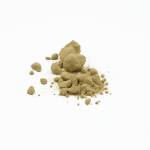
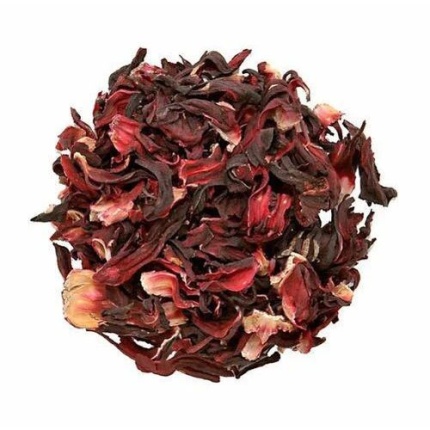
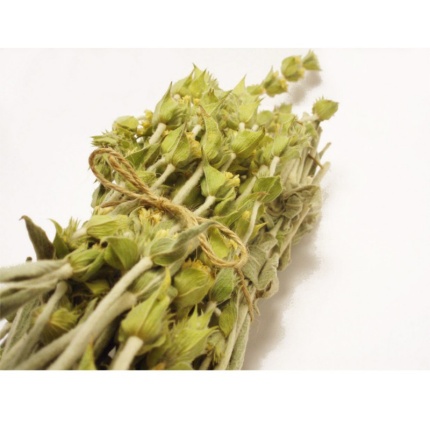

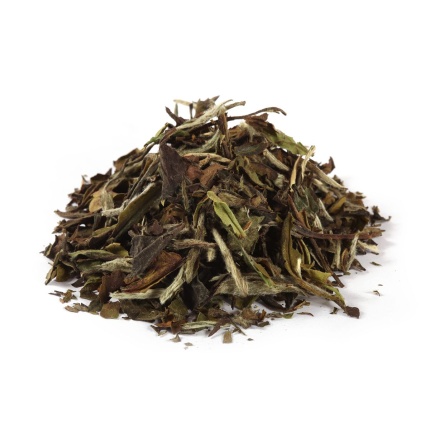
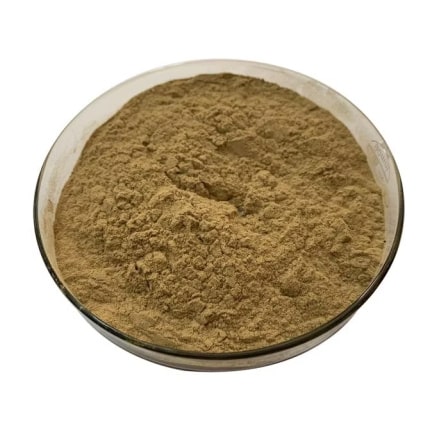
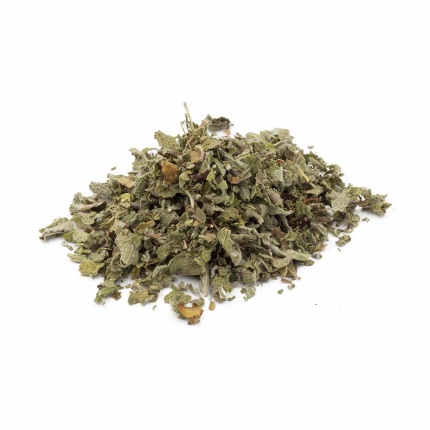
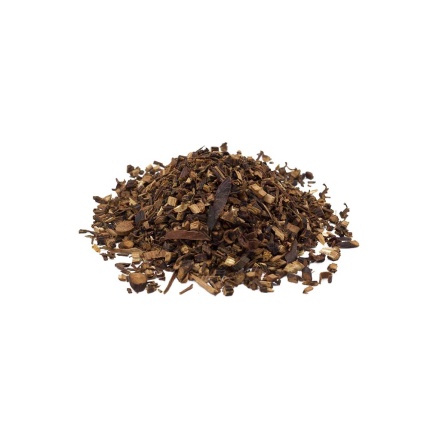

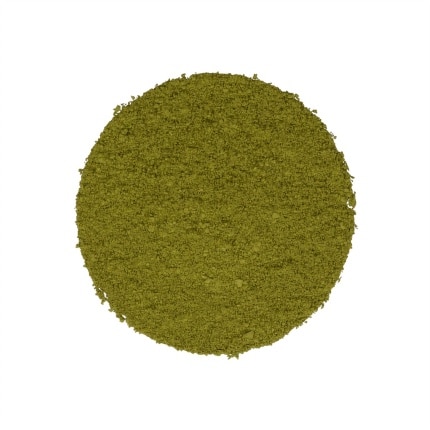
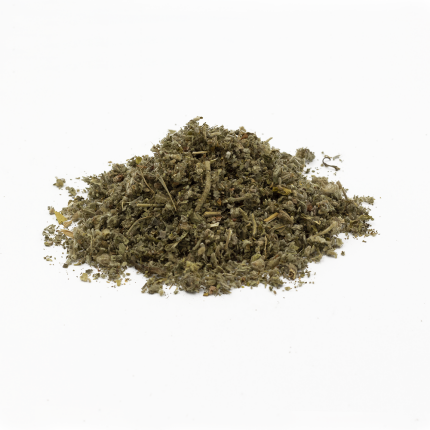
 Ethos Herbals Blends
Ethos Herbals Blends Cannabis
Cannabis SmartShop
SmartShop VapeShop
VapeShop Medicinal Herbs
Medicinal Herbs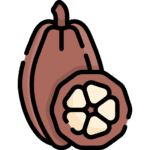 Cacao & Tea
Cacao & Tea Aromatherapy
Aromatherapy Ethos Lifestyle
Ethos Lifestyle
Reviews
There are no reviews yet.